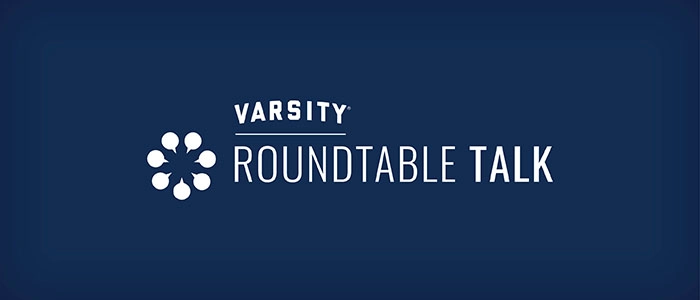This week’s Roundtable guest was Jennifer Soha from LCS and featured a conversation about marketing strategies for senior living communities.
Jennifer explored the unique challenges and opportunities in marketing rental communities versus entrance fee communities. From strategy and positioning to audience engagement, she shared insights that can help shape effective marketing approaches across different senior living models.
“People tell me all the time, ‘I’m afraid I’m giving up my freedom,’” said Jennifer. “But once they experience community life, they realize they’re actually gaining more.”
FLEXIBILITY MATTERS MORE THAN EVER
Rental communities offer low-risk, month-to-month living with no long-term contracts or massive entrance fees. That kind of flexibility is a huge draw for older adults looking to maintain control over their finances and lifestyle—without being locked in.
AGING IN PLACE ISN’T JUST POSSIBLE—IT’S EXPECTED
With the help of health and wellness navigators, hospice care, and thoughtful support, most residents in rental communities are able to age in place. That means fewer disruptive moves and more continuity in care and comfort.
SKILLED NURSING ISN’T ONE-SIZE-FITS-ALL
Not all SNFs are created equal, and having one on-site isn’t always the answer. Rental communities help residents navigate the right level of care—whether that’s a highly rated skilled nursing facility or a short-term rehab setting better suited to their needs.
THE NEW NORMAL? MOVING LATER IN LIFE
More and more older adults are waiting until their 90s to move into independent living, and sometimes even delaying assisted living too long. It’s a shift from years past—and a reminder of the importance of planning ahead before options narrow.
COMMUNITY LIVING NEEDS TO BE EXPERIENCED, NOT SOLD
The best way to overcome fear around senior living is to let prospects see it for themselves. Trial stays, peer connections and firsthand experiences with active residents go a long way in shifting outdated perceptions.
MODERN AMENITIES, PRIME LOCATIONS
Today’s rental communities are newer, centrally located and designed for modern living. With updated fitness spaces, rooftop terraces, movie theaters and walkable access to shopping and culture, they’re built for lifestyle as much as care.
Varsity’s Roundtable is a weekly virtual gathering of senior living marketers and leaders from across the nation. For updates about future weekly Roundtable gatherings, submit your name and email address here.
